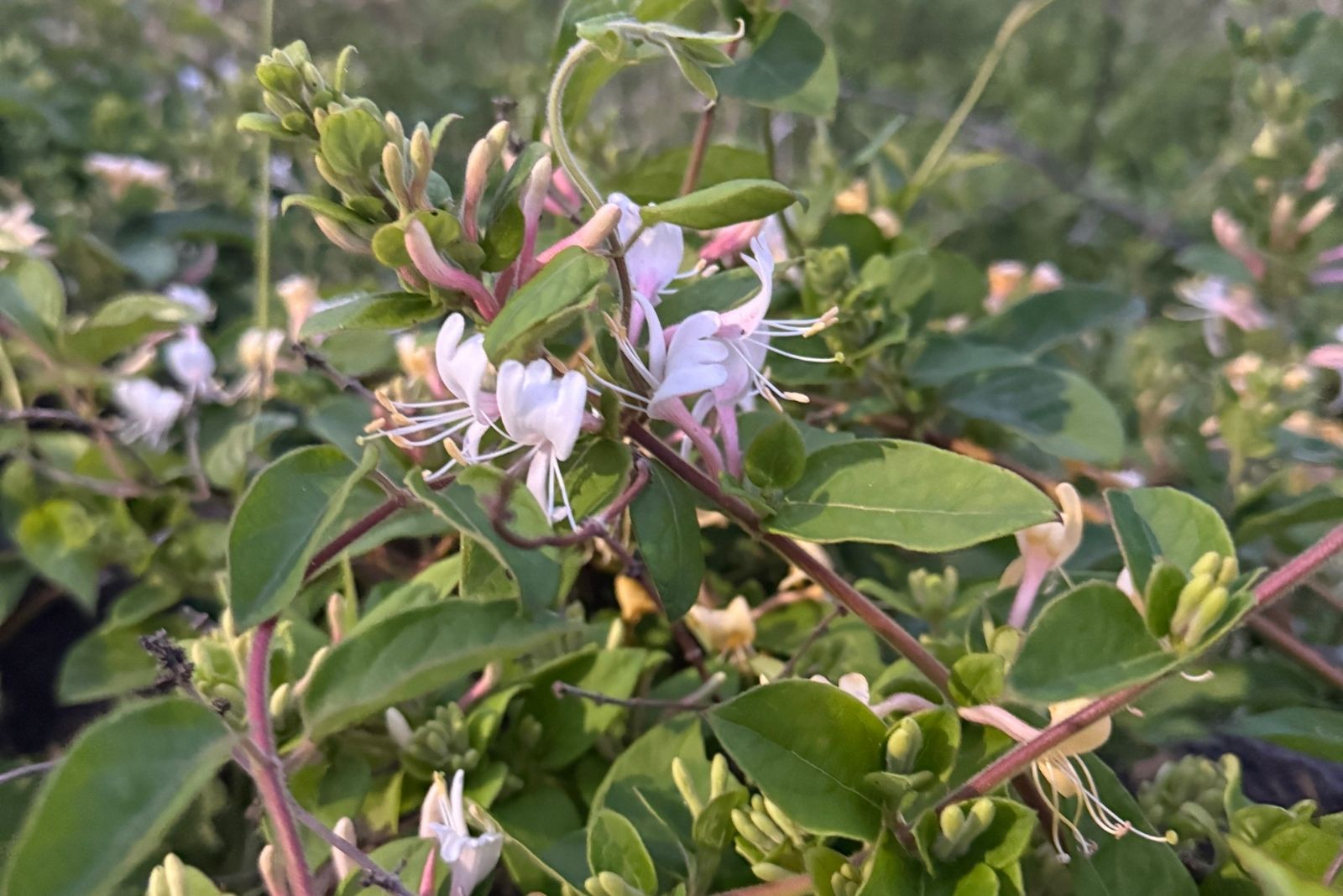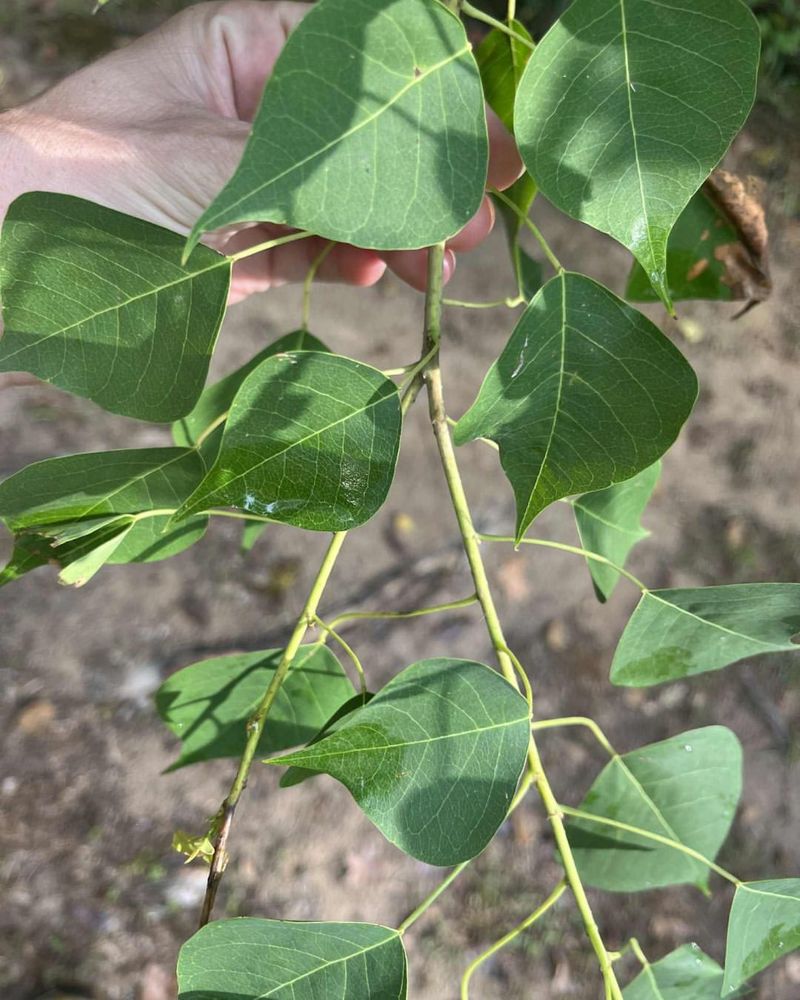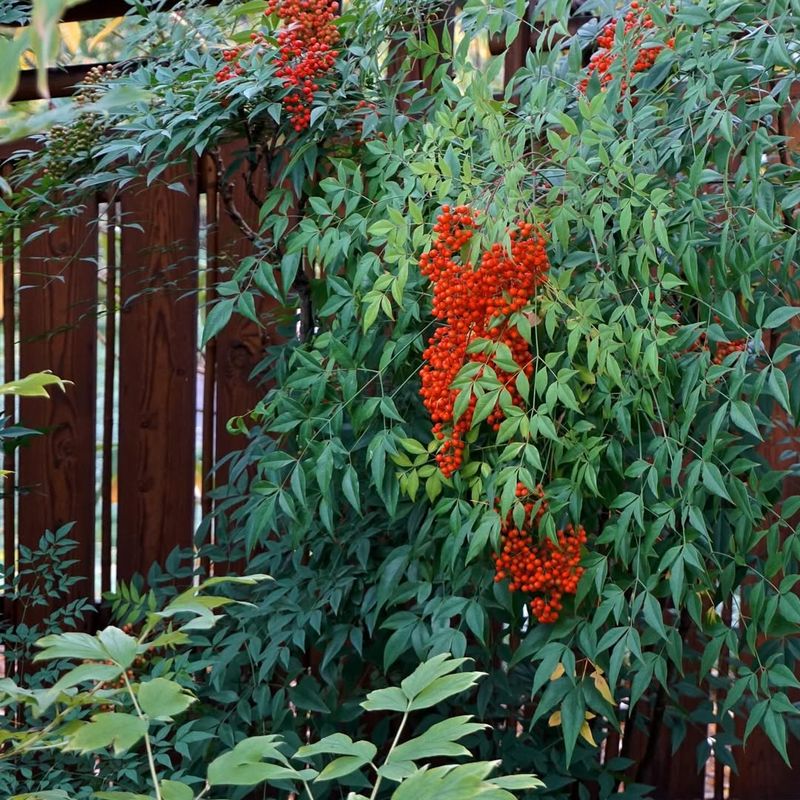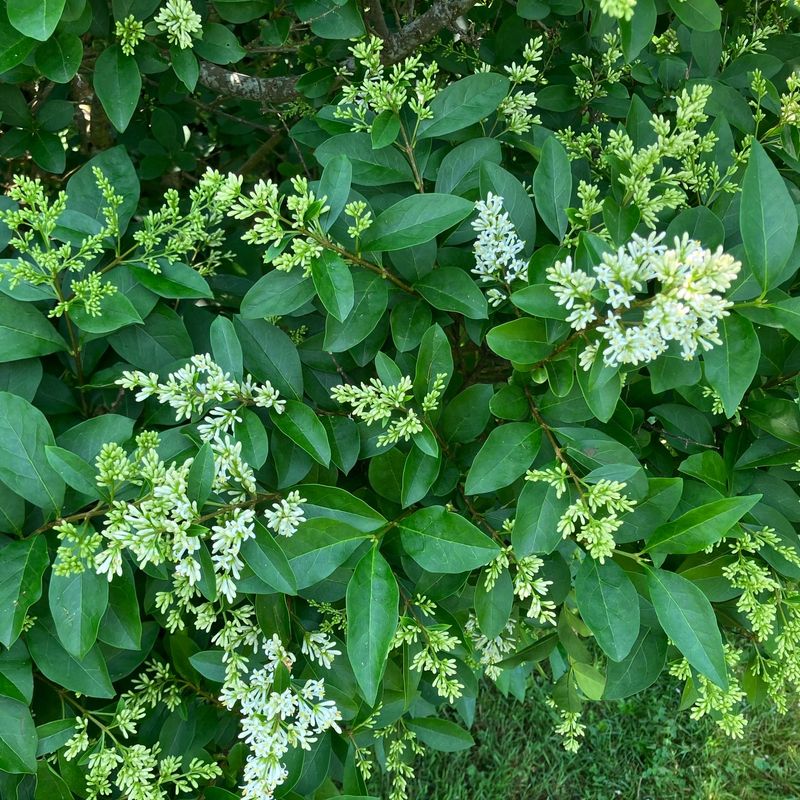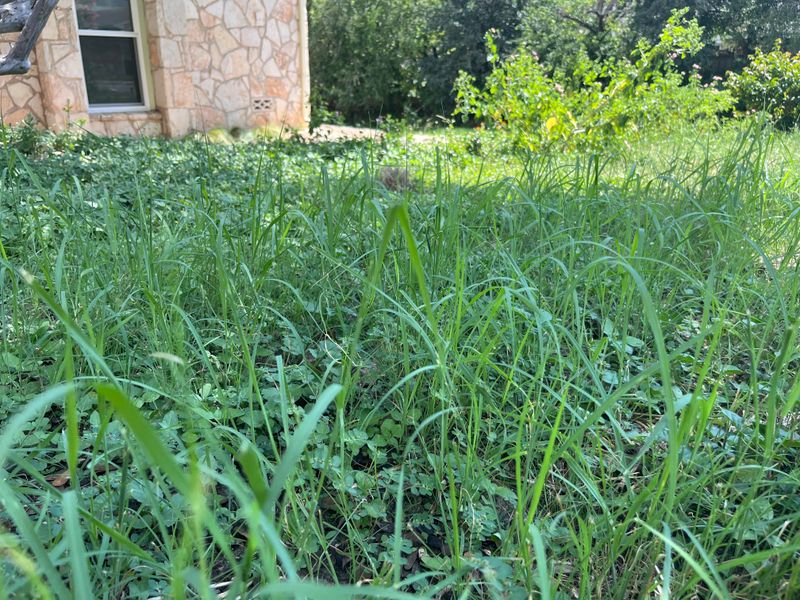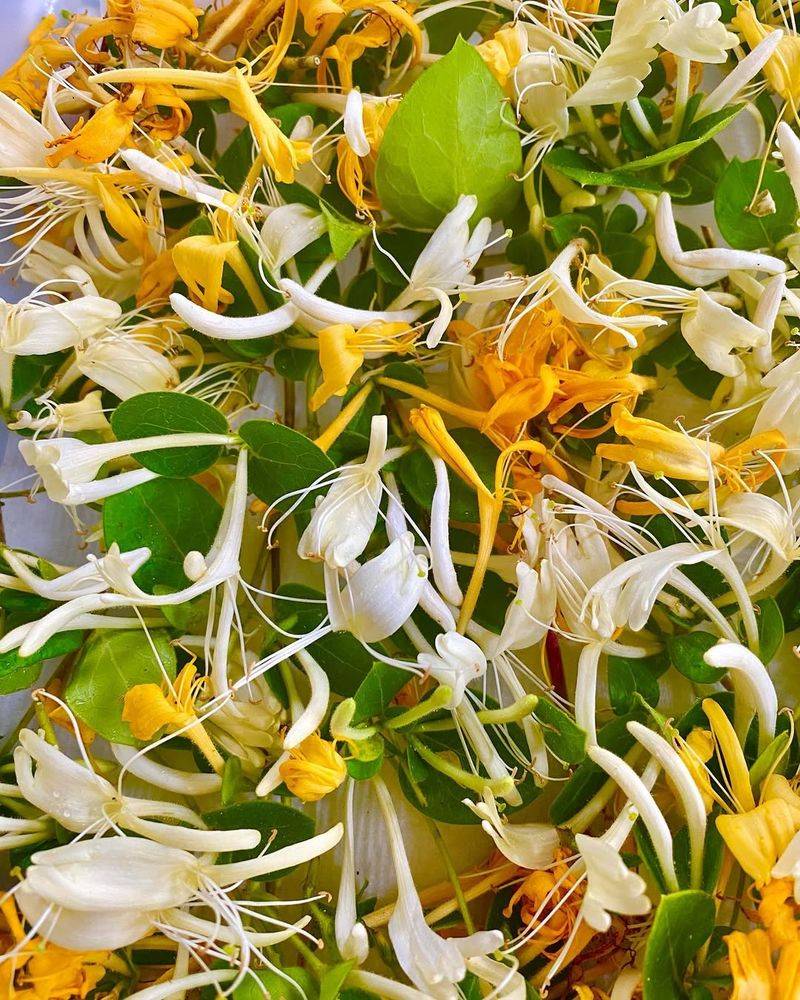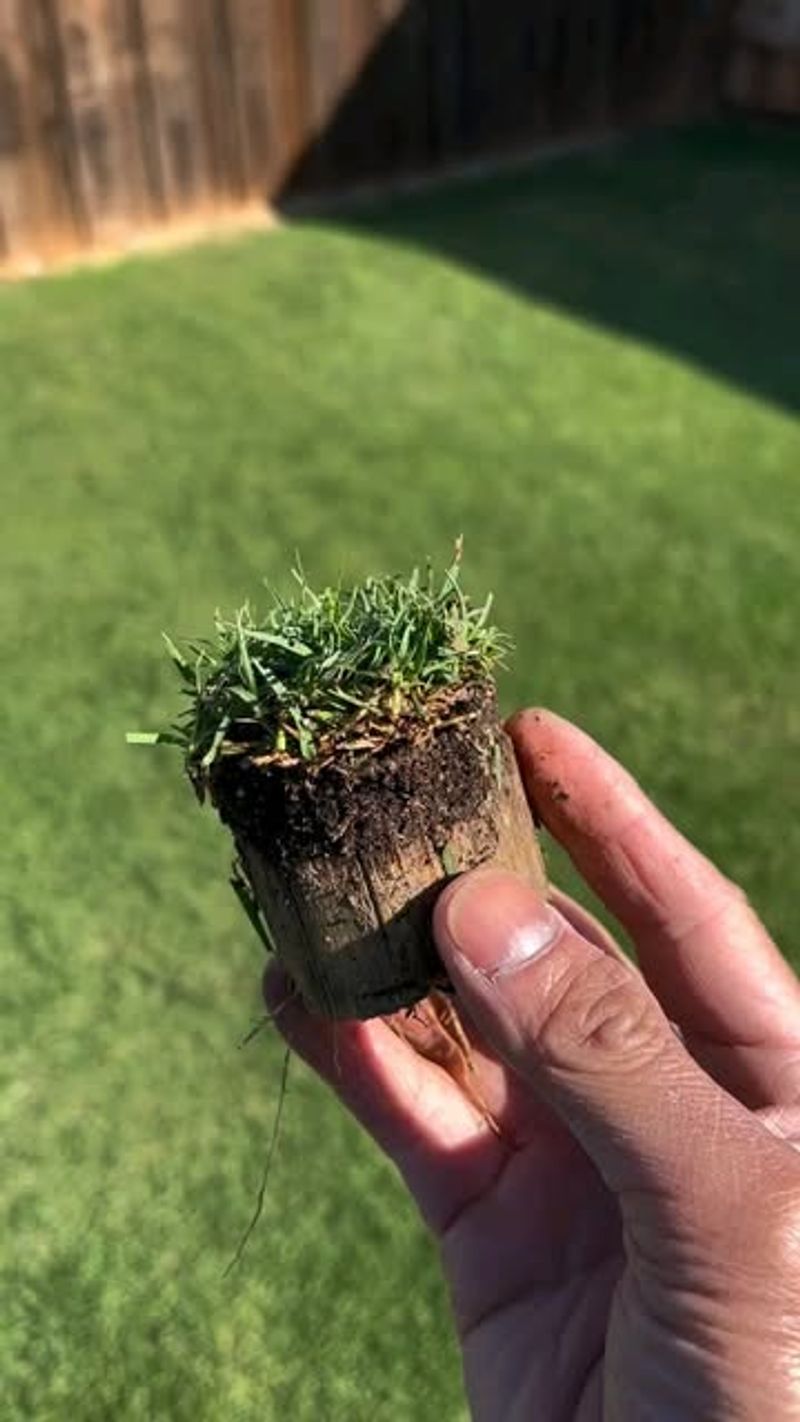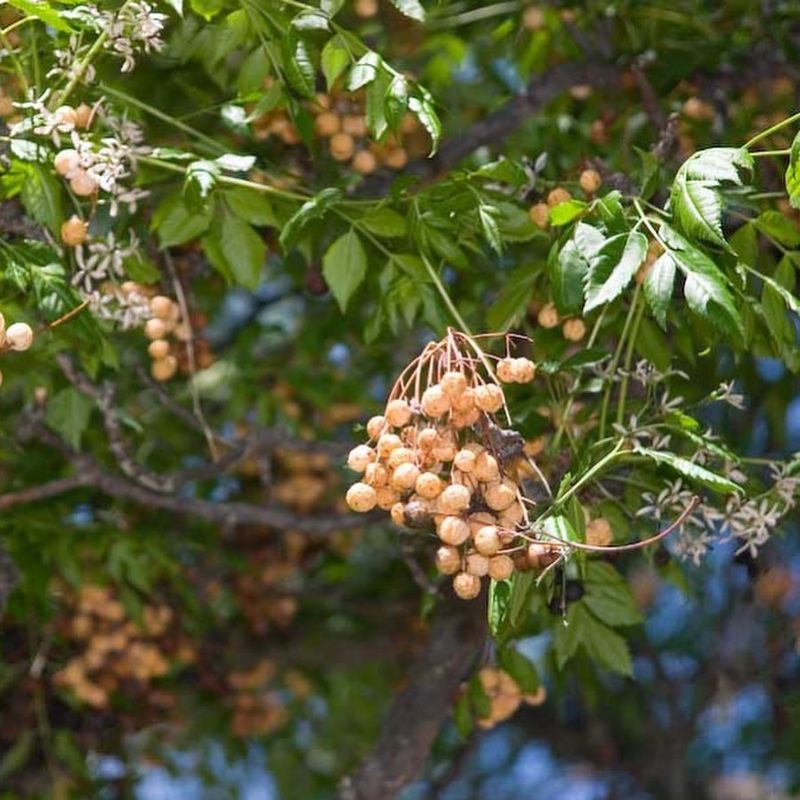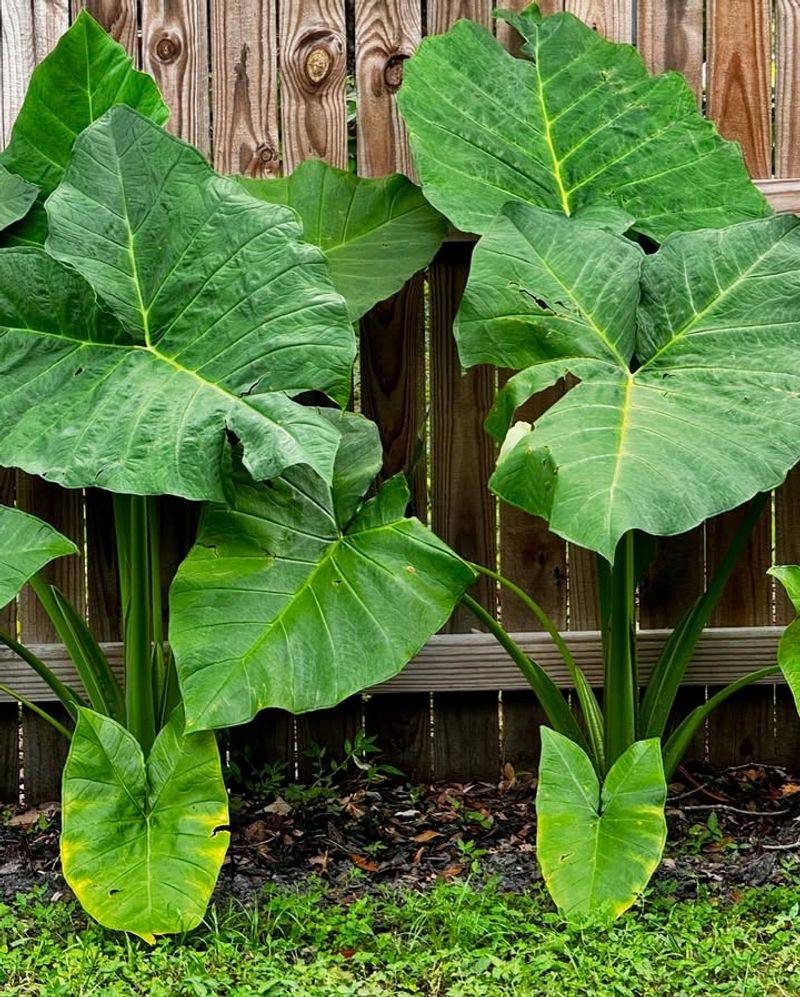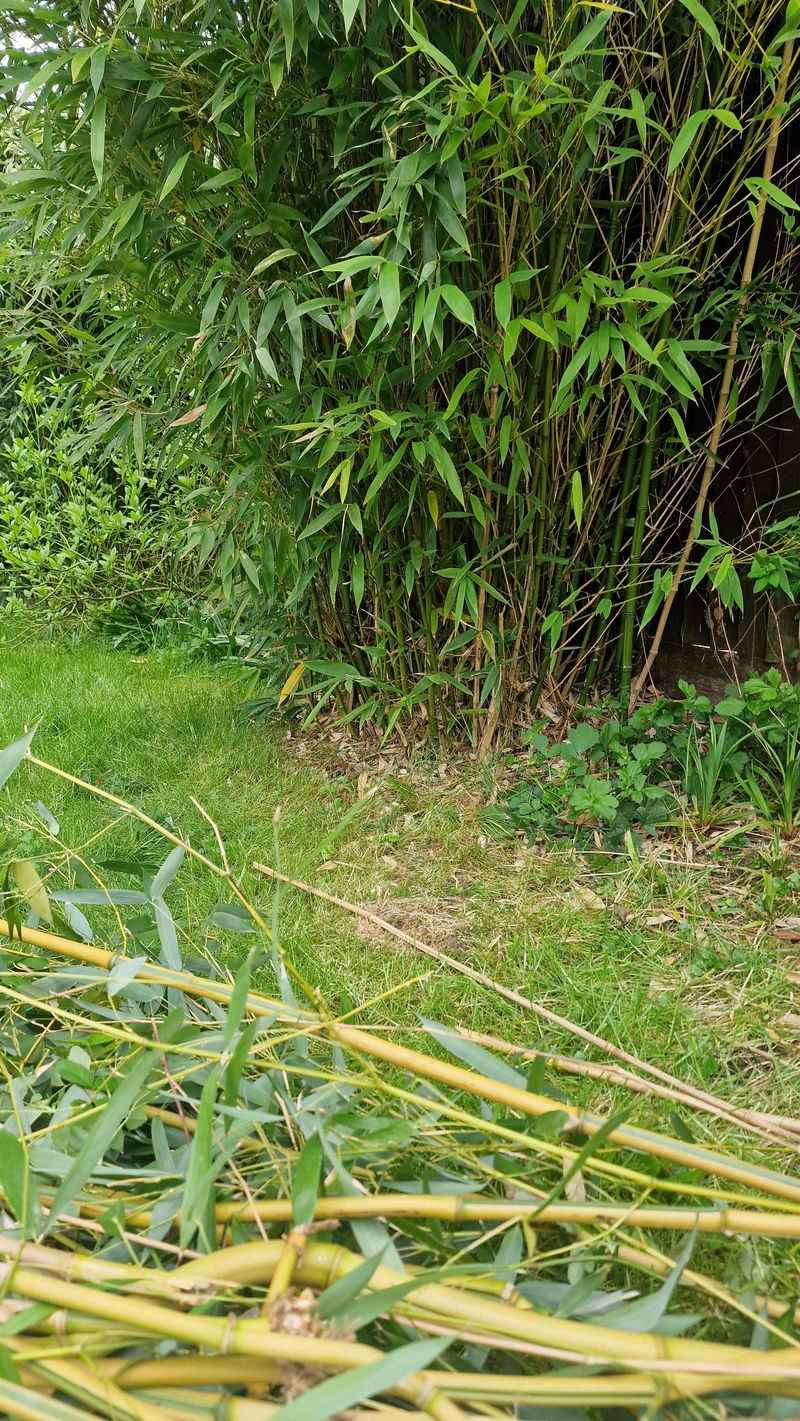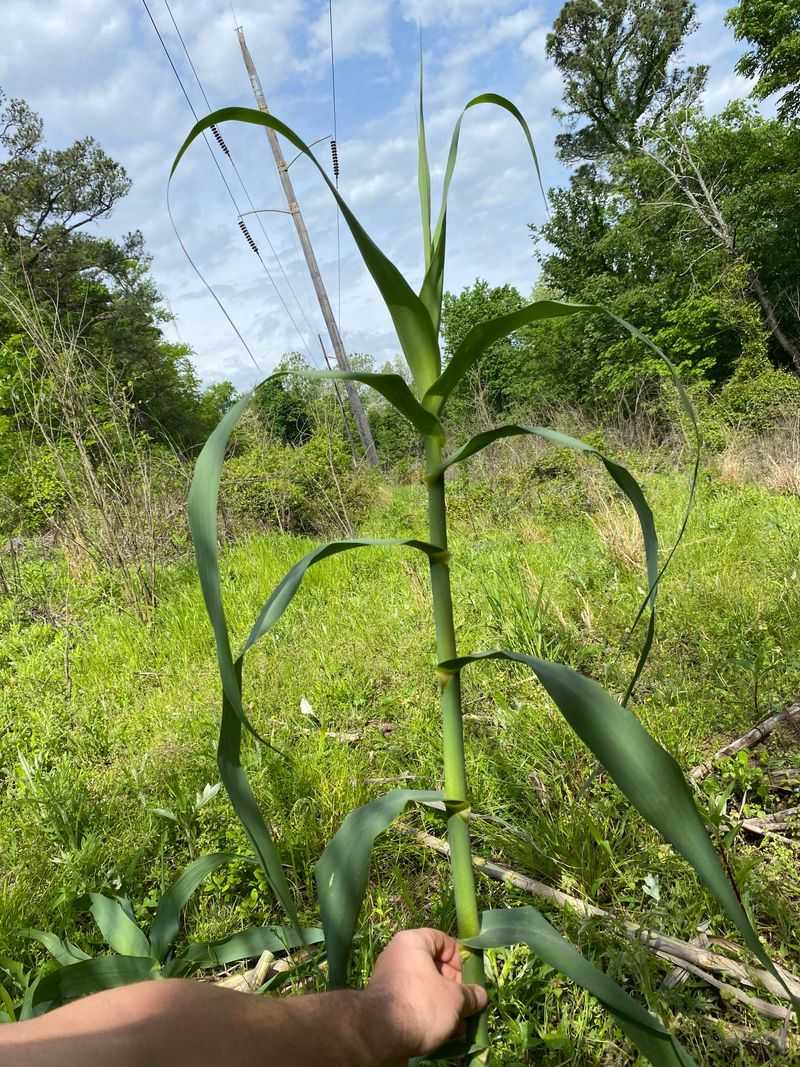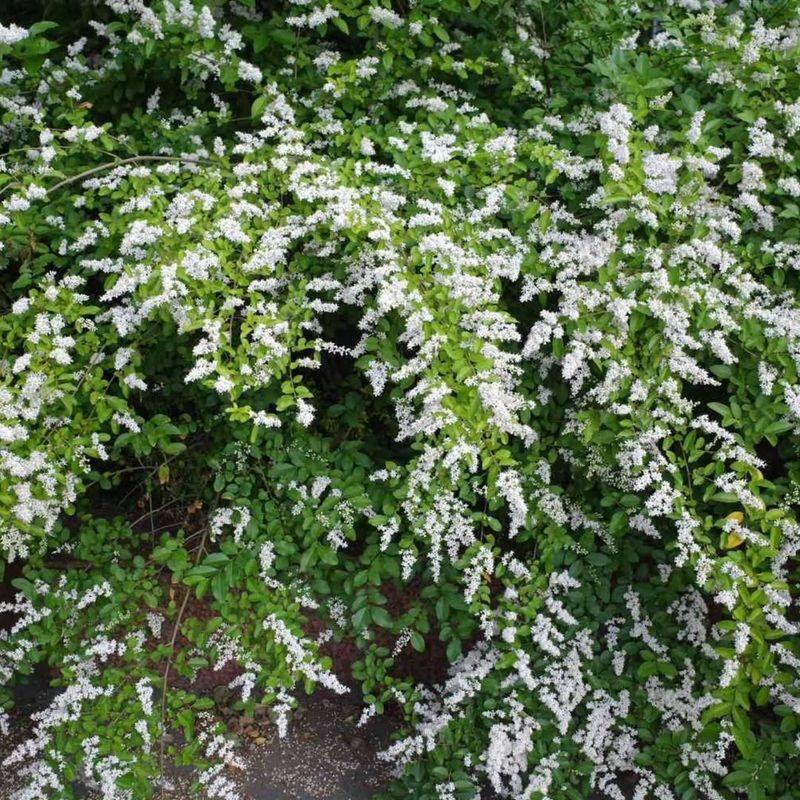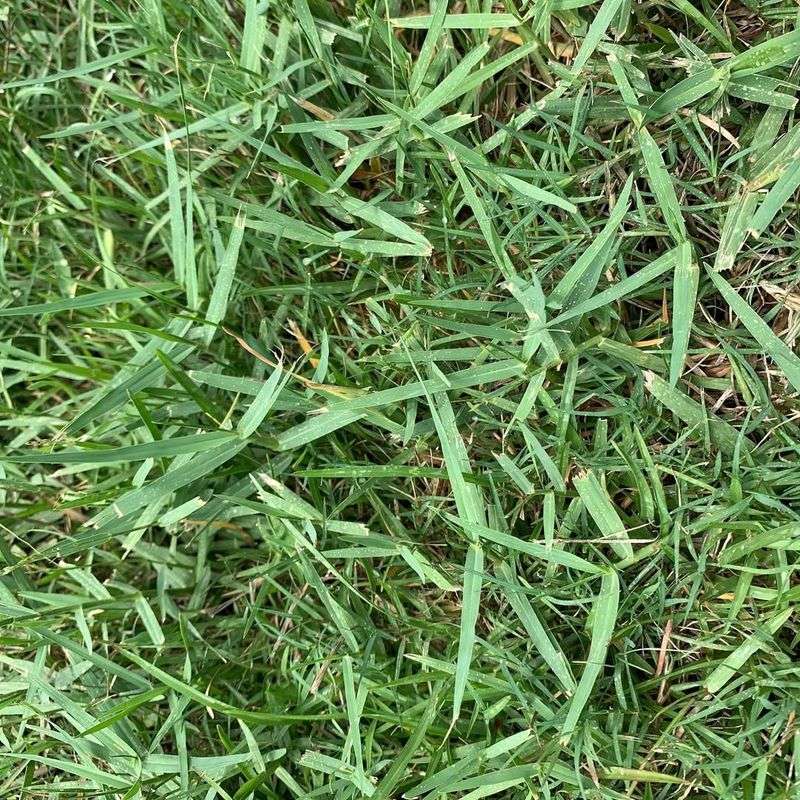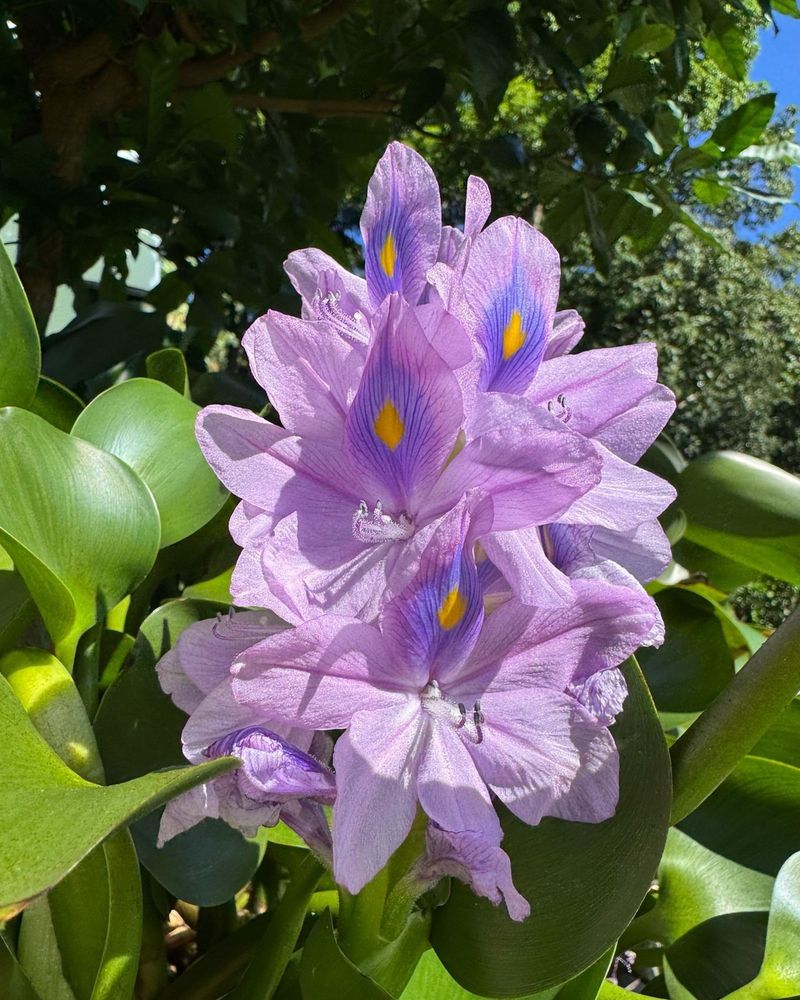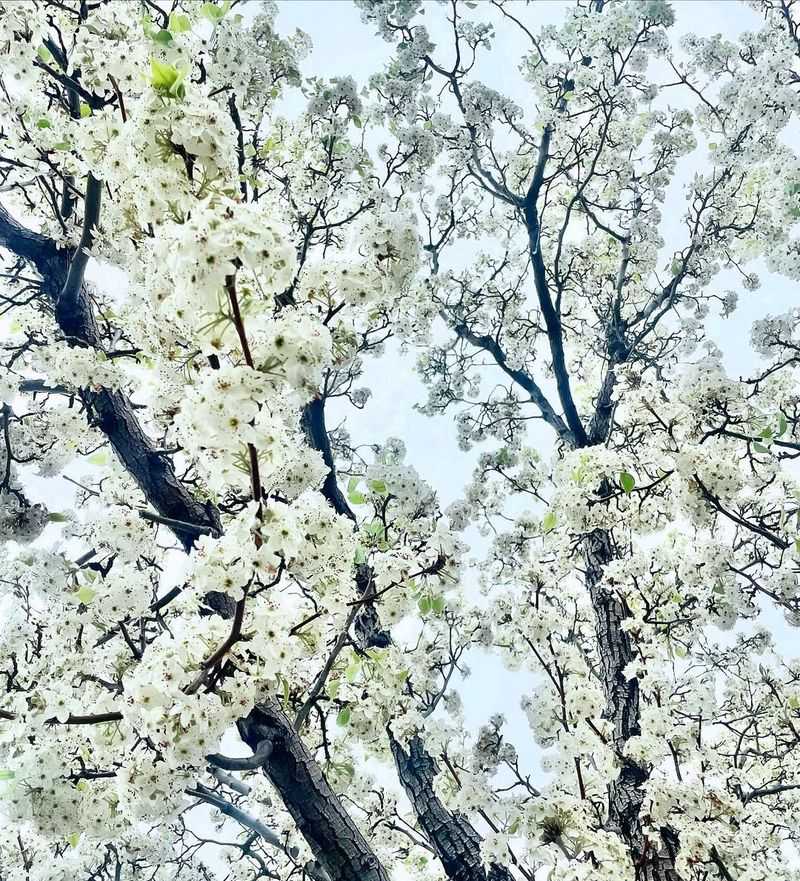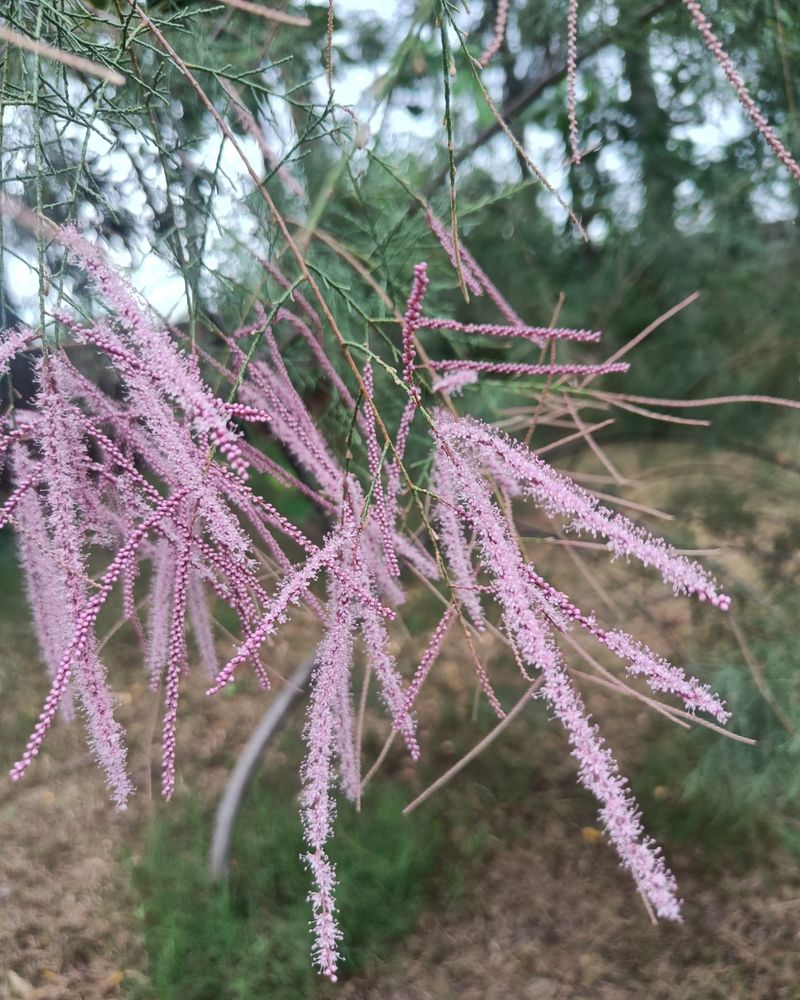Texas suburbs are facing a growing problem with invasive plants that threaten native gardens and local ecosystems. Many of these species arrived as ornamental plants but quickly escaped control, spreading aggressively through neighborhoods and natural areas.
Local authorities are now considering bans on certain invasive species to protect the environment and help homeowners maintain healthier yards. Understanding which plants might be restricted can help Texas gardeners make smarter choices for their landscapes.
1. Chinese Tallow Tree
This fast-growing tree produces thousands of seeds that birds spread throughout neighborhoods. Within a few years, it can dominate entire sections of suburban yards and natural areas. The waxy coating on its seeds helps them survive and germinate easily in Texas soil.
Native trees struggle to compete once this species establishes itself in an area. In my Texas garden, I watched one seedling grow into a ten-foot tree in just two seasons. Local wildlife agencies report it displacing important native species that support local birds and insects.
Many homeowners initially plant it for quick shade and fall color. However, controlling volunteer seedlings becomes nearly impossible without constant vigilance. Replacing it with native alternatives like cedar elm provides similar benefits without the invasive behavior.
2. Nandina (Heavenly Bamboo)
Garden centers across Texas still sell this popular ornamental, but its bright red berries cause serious problems. Birds eat the fruit and spread seeds into natural areas where the plant forms dense thickets. The berries also contain compounds toxic to cedar waxwings and other native birds.
Homeowners appreciate its evergreen foliage and low maintenance requirements. Yet in suburban neighborhoods, it escapes cultivation easily and outcompetes native understory plants. I noticed several volunteer plants appearing in my flower beds from a neighbor’s hedge three houses away.
Native alternatives like yaupon holly offer similar aesthetic appeal without ecological harm. Removing established plants requires digging out the entire root system to prevent regrowth.
3. Ligustrum (Privet)
Drive through any older Texas suburb and you will see privet hedges lining property boundaries. This common landscaping choice produces millions of small black berries that germinate readily in disturbed soil. Within years, it colonizes nearby parks, creek beds, and vacant lots.
The dense shade it creates prevents native plants from growing underneath. Allergies worsen when privet blooms, as its pollen triggers reactions in many people. My neighbor spent two summers trying to remove a volunteer hedge that sprouted from bird droppings.
Native options like possumhaw holly provide excellent privacy screens without invasive tendencies. Complete removal requires cutting stems and treating stumps to prevent sprouting.
4. King Ranch Bluestem
Despite its Texas-sounding name, this African grass has become one of the state’s most problematic invaders. Ranchers originally introduced it for cattle forage, but it quickly escaped into suburban areas. The grass produces abundant seeds that spread through mowing and wind dispersal.
It forms dense monocultures that exclude native grasses and wildflowers. In my yard, a small patch doubled in size within one growing season despite regular mowing. Local extension agents report it dominating entire neighborhoods in some suburbs.
Controlling it requires persistent effort including herbicide treatment and reseeding with native grasses. Buffalo grass and other natives provide better lawn alternatives without aggressive spreading.
5. Japanese Honeysuckle
Sweet-smelling flowers make this vine seem like a charming addition to suburban fences and arbors. However, its vigorous growth smothers trees, shrubs, and native plants beneath dense mats of foliage. A single plant can spread over fifty feet in one season through runners and seeds.
I planted one small cutting near my patio thinking it would stay contained. Within three years, it had climbed into my oak tree and covered half my back fence. Neighbors two yards over started finding seedlings in their flower beds.
Native coral honeysuckle offers similar beauty with better manners and attracts hummingbirds more effectively. Removing established vines requires cutting stems and treating roots repeatedly.
6. Bermuda Grass
Many Texas homeowners intentionally plant this tough, drought-tolerant grass for their lawns. Problems arise when it spreads aggressively into flower beds, vegetable gardens, and natural areas through underground rhizomes. Even tiny root fragments can regenerate into new plants.
Controlling it in unwanted areas becomes an endless battle for suburban gardeners. My flower beds require constant edging to prevent Bermuda grass invasions from the lawn. Once established in perennial beds, removing it completely seems nearly impossible without destroying other plants.
Native buffalo grass provides similar durability with less aggressive spreading behavior. Barrier edging helps contain Bermuda grass but requires regular maintenance to remain effective.
7. Chinaberry Tree
Older Texas neighborhoods often feature these fast-growing shade trees planted decades ago. Birds consume the yellow berries and deposit seeds throughout suburban areas where new trees sprout readily. The species tolerates poor soil and drought, making it highly successful in urban environments.
Its rapid growth and brittle wood create hazards during storms common in Texas. I watched a neighbor’s chinaberry lose major branches every time strong winds blew through our area. The constant seedlings appearing in my garden beds became frustrating to manage each spring.
Native pecan or bur oak trees provide superior shade without invasive characteristics. Removing chinaberries requires treating cut stumps to prevent vigorous resprouting.
8. Elephant Ear
Garden centers market these tropical-looking plants for their dramatic foliage in shaded areas. Several species sold as elephant ears spread aggressively through underground corms and fragments. They particularly thrive near water features, drainage areas, and moist spots common in suburban landscapes.
Once established, they form dense colonies that exclude native wetland plants. A friend’s small planting near her pond expanded into a twenty-foot patch within three years. The corms survive Texas winters better than most people expect, especially in southern suburbs.
Native plants like Texas star hibiscus provide interesting foliage without aggressive spreading. Removing elephant ears requires digging out all corms and monitoring for regrowth from fragments.
9. Bamboo (Running Types)
Homeowners plant bamboo for privacy screens without realizing that running types spread through aggressive underground rhizomes. These rhizomes can travel dozens of feet from the original planting, emerging in neighbors’ yards and damaging foundations, driveways, and underground utilities.
Containing running bamboo requires expensive barrier systems that often fail over time. My cousin’s bamboo grove sent shoots under his driveway and into his neighbor’s vegetable garden thirty feet away. Local ordinances in some Texas suburbs already restrict bamboo planting due to property disputes.
Clumping bamboo varieties or native river cane provide similar aesthetics without invasive spreading. Removing established running bamboo requires years of persistent cutting and herbicide treatment.
10. Giant Reed
This bamboo-like grass towers over fifteen feet tall and forms impenetrable thickets along creeks and drainage areas in Texas suburbs. It spreads rapidly through underground rhizomes and stem fragments that float downstream during floods. A single stem fragment can establish a new colony.
Dense stands alter water flow patterns and increase flooding risks in suburban neighborhoods. Native fish and wildlife lose habitat when giant reed displaces streamside vegetation. I observed it completely taking over a creek behind my neighborhood within five years.
Native switchgrass and inland sea oats provide attractive alternatives for wet areas without aggressive behavior. Professional removal often requires heavy equipment and repeated herbicide applications to achieve control.
11. Chinese Privet
Similar to common privet but even more aggressive, this species dominates wooded areas near Texas suburbs. It tolerates shade better than most invasive plants, allowing it to invade forest understories where native shrubs normally grow. Birds spread its abundant black berries into natural areas.
Homeowners sometimes mistake it for native vegetation until it forms impenetrable thickets. A wooded lot in my neighborhood became completely overrun within a decade of initial colonization. The dense shade it creates prevents native wildflowers and tree seedlings from establishing.
Native beautyberry and rusty blackhaw viburnum offer similar landscaping value without ecosystem damage. Control requires cutting stems close to ground level and treating stumps immediately.
12. Torpedo Grass
Sharp, white rhizomes give this aggressive grass its common name and make it painful to handle during removal attempts. It spreads rapidly through lawns, gardens, and natural areas, forming dense mats that exclude other plants. The rhizomes can penetrate landscape fabric and even thin plastic barriers.
Once established in suburban lawns, it creates unsightly patches that resist most control methods. My neighbor’s infestation spread from his yard into mine despite regular mowing and edging efforts. The sharp rhizomes make hand-pulling especially unpleasant and often ineffective.
Native sedges and grasses provide better groundcover options for difficult areas. Successful removal typically requires repeated herbicide applications or complete sod replacement with careful monitoring.
13. Water Hyacinth
Beautiful purple flowers attract homeowners who introduce this floating plant into suburban ponds and water features. It reproduces incredibly fast, doubling its population every two weeks under ideal conditions. A small introduction can cover an entire pond surface within one growing season.
Dense mats deplete oxygen, killing fish and other aquatic life in suburban water features. It clogs pumps, filters, and drains, causing expensive maintenance problems. I watched a community pond go from clear water to completely covered in just six weeks one summer.
Native water lilies provide similar beauty without destructive growth rates. Many Texas suburbs already prohibit water hyacinth, and complete removal requires physically removing all plant material before it spreads downstream.
14. Callery Pear (Bradford Pear)
Suburban streets throughout Texas feature these popular ornamental trees planted for their showy spring flowers and fast growth. However, they produce viable seeds that birds spread into natural areas where seedlings establish readily. The original sterile cultivars have cross-pollinated with other varieties, creating fertile offspring.
Weak branch structure causes frequent storm damage, and the escaped seedlings often develop thorns. My street lost three Bradford pears during one ice storm, and thorny volunteers now appear regularly in my garden beds. Extension agents report them invading prairies and woodlands near suburbs.
Native Texas redbud or Mexican plum trees offer beautiful spring blooms without invasive problems or structural weaknesses. Replacing aging Bradford pears prevents future damage and ecological harm.
15. Saltcedar (Tamarisk)
Feathery pink flowers and delicate foliage make saltcedar seem like an attractive landscaping choice for Texas gardens. This shrub consumes enormous amounts of water, depleting groundwater and lowering water tables in suburban areas.
It secretes salt through its leaves, changing soil chemistry and preventing native plants from growing nearby. Creek corridors and drainage areas in suburbs become dominated by saltcedar monocultures. A small planting near my neighborhood park spread along the entire creek bank within eight years.
The dense thickets provide poor wildlife habitat compared to native vegetation. Native desert willow offers similar wispy appearance with better ecological benefits. Removing saltcedar requires cutting stems and treating stumps, as it resprouts vigorously from roots.

